Hallux Valgus
Hallux valgus deformity
A hallux valgus deformity, commonly called a bunion, is the commonest forefoot deformity. The big toe moves out of its alignment and deviate lateral side toward other toes. This condition causes painful motion of the joint and difficulty shoe wearing. Prevalence of hallux valgus increase from 23% to 35% in people over 65 years.
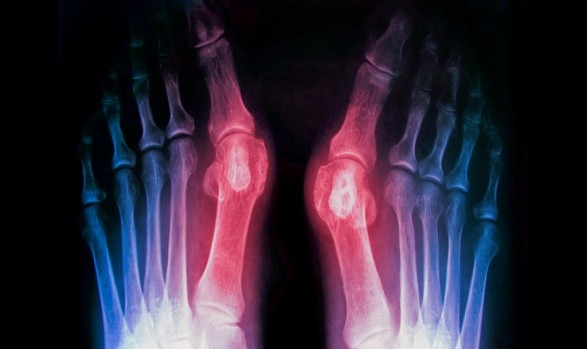
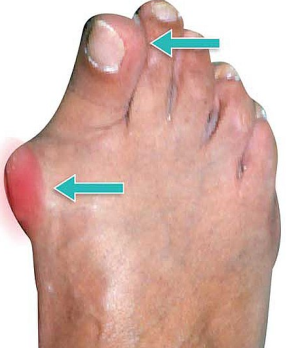
Who gets hallux valgus?
Women are primarily subjected to hallux valgus. As age increases chance of hallux valgus increases noticeably.
How does hallux valgus develop?
hallux valgus, is often caused by wearing high heels shoes. High heels shift the entire body weight onto the forefoot and toes, increasing pressure on the forefoot joints.
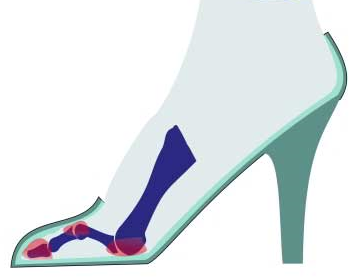
Also, People who wear shoes that are too tight, too narrow are more susceptible to bunions.
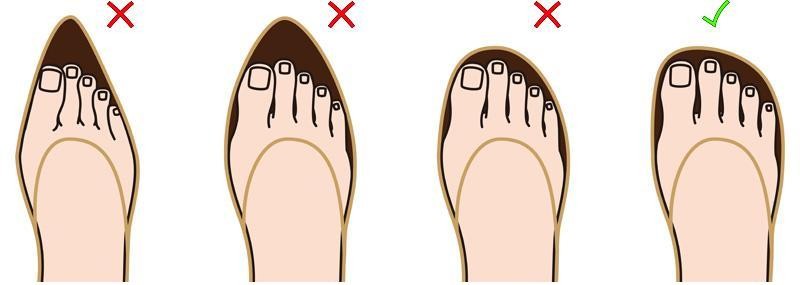
What are causes of hallux valgus?
- Deformity caused by high heeled shoes
- Heredity (common in some families)
- Arthritic changes to the joints
- Some neurological disorders such as: Stroke, Cerebral palsy and Multiple sclerosis
- Foot injuries
- Congenital or deformities present at birth
- Inflammatory condition such as rheumatoid arthritis
- Abnormalities of the foot such ad flat foot
The signs and symptoms of hallux valgus include:
- A bulging bump on the medial side of the big toe
- Swelling and redness around your big toe joint
- Corns or calluses
- pain
- Restricted movement of your big toe if arthritis affects the toe
- Cosmetic problem with or without pain

Hallux valgus treatment
The goal of treating hallux valgus deformities is symptom relief. Sometimes conservative treatment options such as a shoe with a wider toe box or extra forefoot depth can decrease bunion pain by allowing more room in the shoe for the forefoot deformity. Insoles with longitudinal arch support, toe spacers, hallux valgus splints and bunion-cushion pads can be used to symptomatically treat the bunion deformity.
Surgery is needed when there is severe foot pain, limiting mobility and pointing big toe toward the small toe which conservative treatment is not effective more.
Hallux Valgus splint and toe spreader
hallux valgus night splint corrects hallux alignment during sleep with applying gentle constant pressure. Toe separator prevents the first toe from overlapping onto the second during shoe wearing.
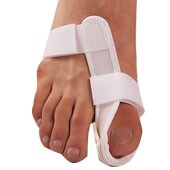
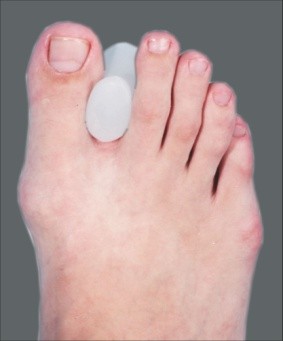
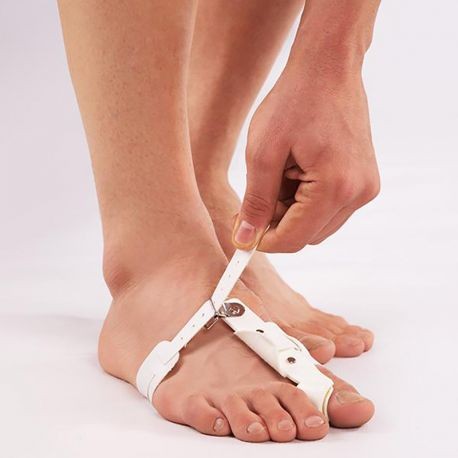
Your comment successfully stored, thanks. Unfortunately comment storage process failed.